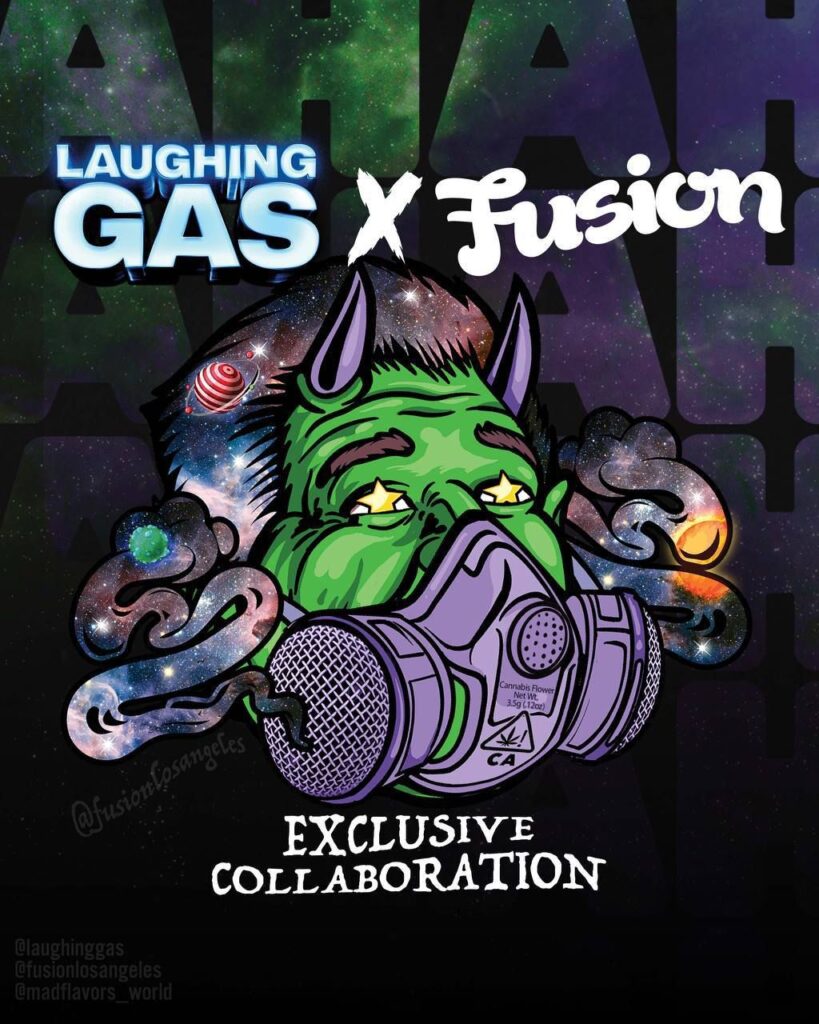LAUGHING GAS X FUSION
$30.00
The concept of “laughing gas x fusion” represents an exciting frontier in patient care where traditional sedation methods meet innovative therapeutic approaches. By integrating nitrous oxide into various treatment modalities, healthcare providers can enhance patient comfort while maintaining safety and efficacy.
LAUGHING GAS X FUSION
Nitrous oxide, commonly referred to as laughing gas, is a colorless and non-flammable gas with a slightly sweet odor. It has been used in medical and dental procedures for over a century as a sedative to relieve anxiety and discomfort. When inhaled, it induces feelings of euphoria and relaxation, making it an effective option for patients undergoing minor procedures.LAUGHING GAS X FUSION
In the context of this discussion, “fusion” can refer to various concepts depending on the field—ranging from scientific processes like nuclear fusion to the blending of different elements in art or culture. However, if we consider fusion in relation to healthcare or wellness, it often pertains to the integration of multiple therapeutic modalities or techniques aimed at enhancing patient care.
The Intersection of Laughing Gas and Fusion Techniques
When discussing “laughing gas x fusion,” one might explore how nitrous oxide can be integrated into various therapeutic practices or treatment plans. For instance:
- Pain Management Fusion: Nitrous oxide can be combined with other pain management techniques such as local anesthesia or sedation protocols. This fusion allows for enhanced comfort during procedures while minimizing the need for stronger medications that may have more significant side effects.
- Psychological Therapy Integration: In some innovative therapeutic settings, nitrous oxide is being explored as an adjunct to psychological therapies. The calming effects of laughing gas may help patients feel more relaxed during therapy sessions, potentially leading to better outcomes.
- Holistic Approaches: The fusion of nitrous oxide with holistic practices such as mindfulness or guided imagery could create a comprehensive approach to managing anxiety and pain during medical treatments. By addressing both physical sensations and mental states, this combination may enhance overall patient experience.
Benefits of Combining Laughing Gas with Other Modalities
The integration of laughing gas into various treatment modalities offers several benefits:
- Rapid Onset and Recovery: Nitrous oxide acts quickly (within 3-5 minutes) and wears off shortly after discontinuation (5-10 minutes), allowing patients to return to their daily activities almost immediately.
- Enhanced Patient Comfort: By reducing anxiety and discomfort through its euphoric effects, nitrous oxide can make medical procedures less daunting for patients.
- Flexibility in Administration: The ease of administering nitrous oxide—via a mask or nasal hood—allows healthcare providers to incorporate it seamlessly into various treatment protocols without extensive preparation.
Safety Considerations
While nitrous oxide is generally safe when administered by trained professionals, there are important considerations regarding its use:
- Patient Selection: Not all patients are suitable candidates for nitrous oxide sedation. Individuals with certain respiratory conditions or those who have had adverse reactions should be carefully evaluated before administration.
- Potential Side Effects: Although rare, some individuals may experience side effects such as nausea or dizziness. Providers should monitor patients closely during and after administration.
- Vitamin B12 Deficiency Risk: Frequent exposure to nitrous oxide has been linked to vitamin B12 deficiency; thus, long-term users should discuss supplementation options with their healthcare provider.



Reviews
There are no reviews yet.